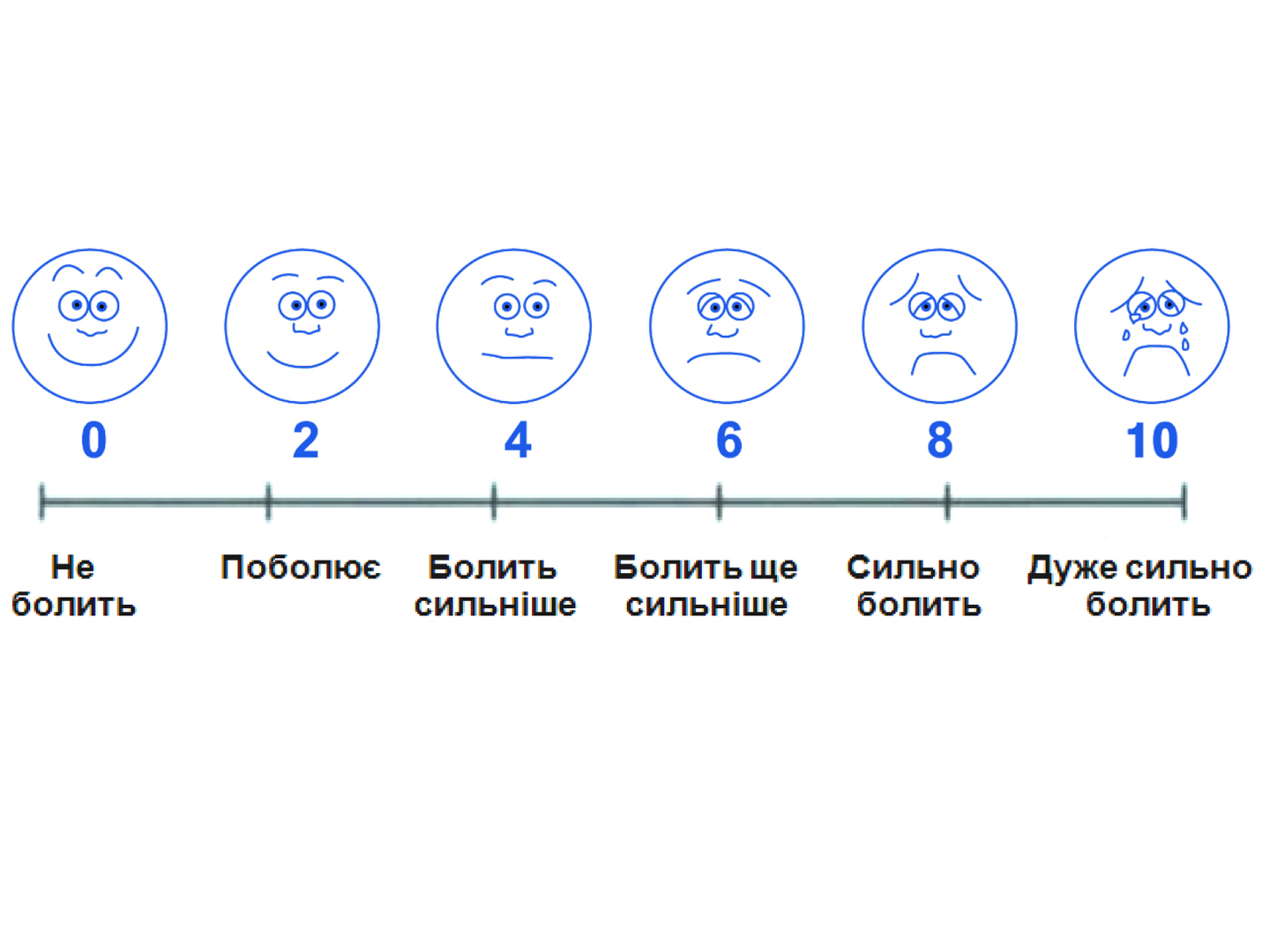Correction of neurotrophic disorders in patients, suffering consequences of a spinal cord and peripheral nerves trauma
Zaporozhye State Medical University
Abstract
On clinical base of cathedra of the disasters medicine, military medicine, аnesthesiology and reanimatology in 2010 — 2013 yrs 62 patients were treated for neurotrophic disorders, in 12 of them the method was applied, elaborated in the clinic. For neurotrophic ulcers in 5 patients аutodermoplasty was performed, using splitted cutaneous flap, in 1 for the wound defect on a forearm — plasty, using rotational cutaneo—adipose flap, based on axial blood supply. In 44 patients after a spinal cord trauma a neurotrophic defects degree III — IV have formed. The kind of operative intervention was selected depending on size of the defect, the wound depth and functional peculiarities of the injured area. Introduction of a new method of treatment of neurotrophic ulcers of the lower extremities, using preparation of hyaluronic acid with sodium succinate, expands the perspectives of treatment in patients, suffering defects of cover tissues. Differentiated approach to choice of the wound closure method, сaused by damage of central and peripheral neural system, have permitted to achieve positive results in 98.1% of patients.
Кey words: neurotrophic defect; аutodermoplasty; application of hyaluronic acid with sodium succinate.


